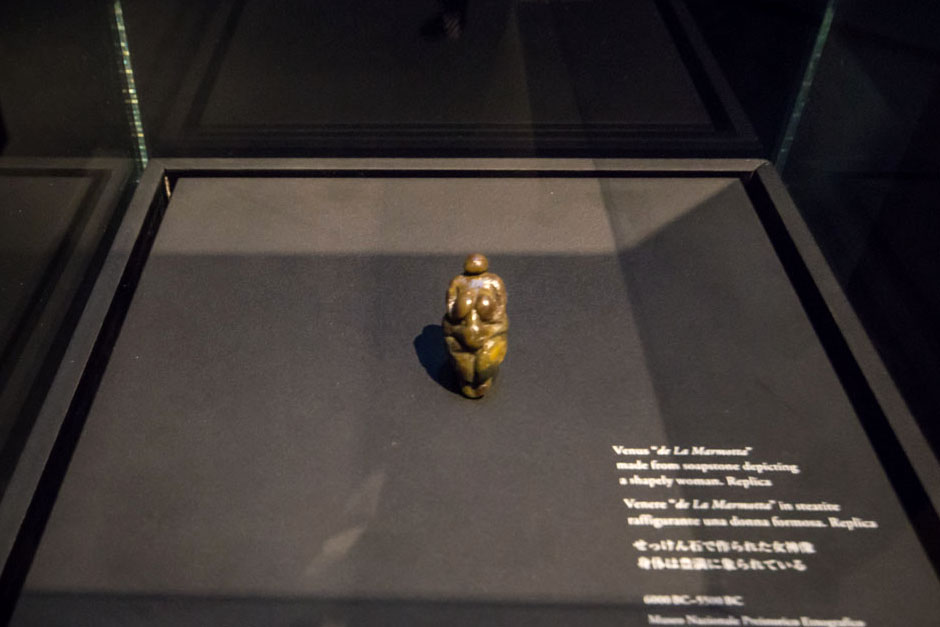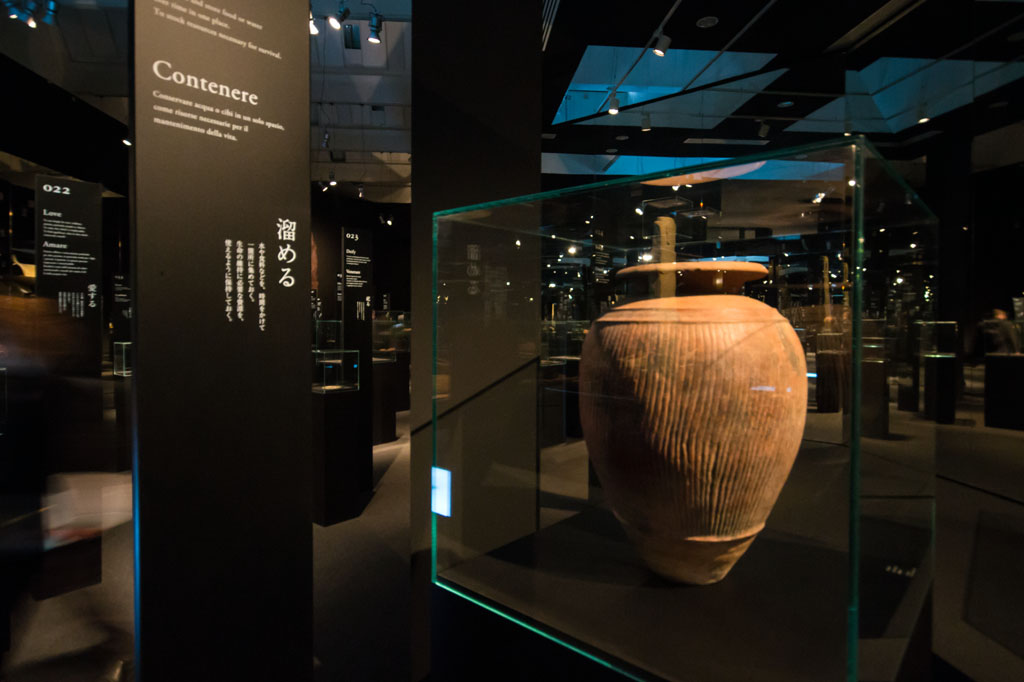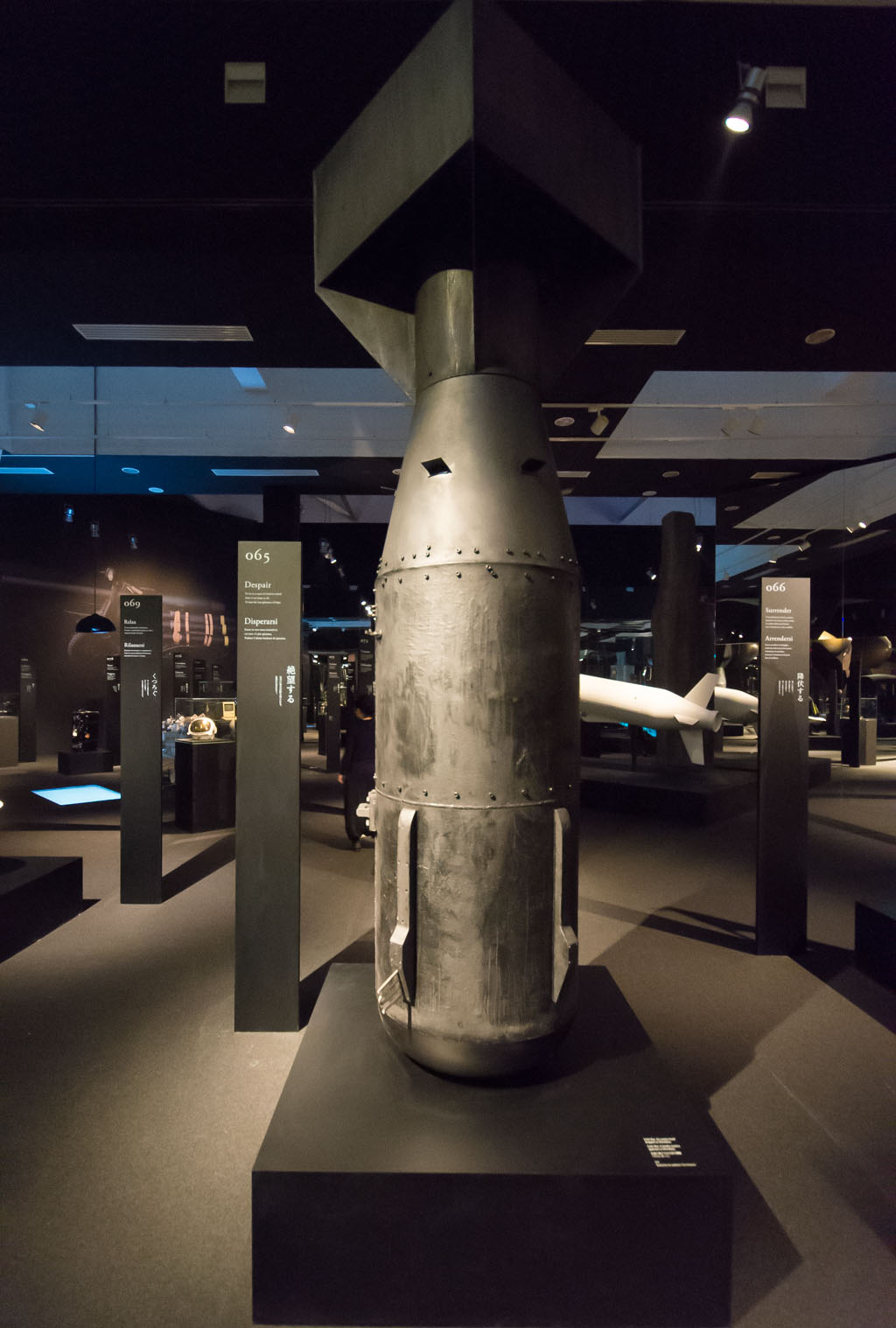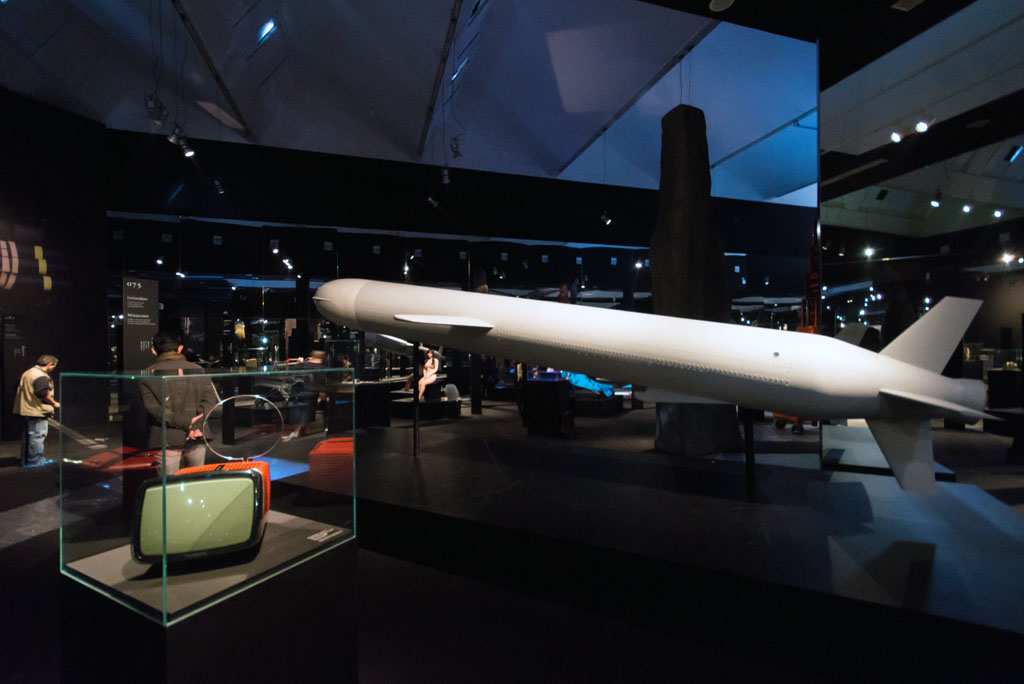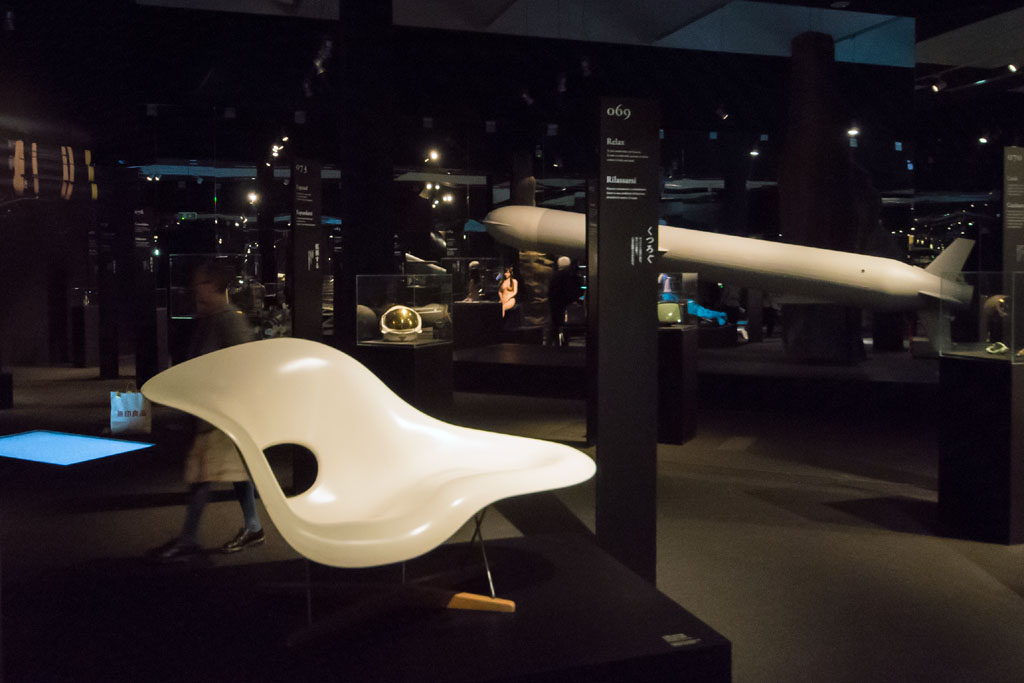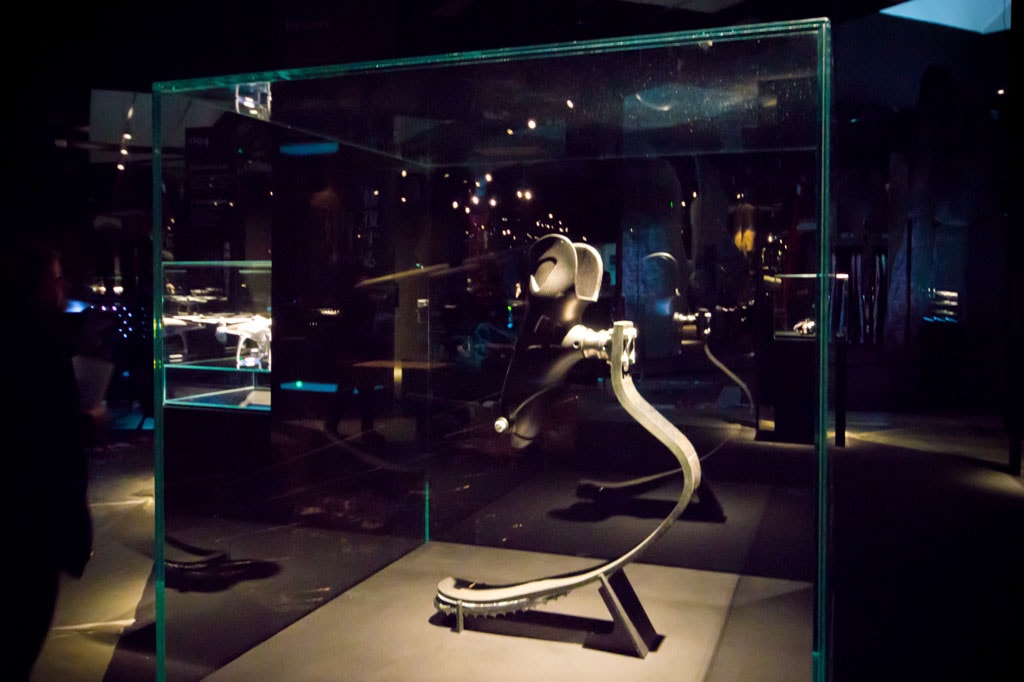XX1T Milan | Neo-Prehistory. 100 verbs
XXI Triennale International Exhibition
Temporary exhibition curated by Andrea Branzi and Kenya Hara
Exhibition design: Andrea Branzi, Kenya Hara / Hara Design institute (Nippon Design Center Inc.)
Graphic design: Kenya Hara / Hara Design institute (Nippon Design Center Inc.)
NEO-PREHISTORY. 100 VERBS
XX1T – XXI Triennale International Exhibition, Milan
Exist, orient, store, inebriate, measure, exchange, store, recite, write, think, navigate, love, share, rule, play, boil, adore, pierce, kill, smooth, improve, move, drive, gamble, fire, manufacture, operate, fascinate, annihilate, cook, cut, diffuse, expand, relax, elaborate, communicate, imitate, reconstruct, communicate, accelerate, pollute, invent, shop, intimidate, imagine, organize, embellish, adapt, despair, survive, surrender, fly, regenerate, miniaturize…
One hundred verbs connected to one hundred objects, selected by the curators to make us travel across human history; words that relate to actions that relate to objects.
Walking through the exhibition Neo-Prehistory. 100 verbs, curated by Andrea Branzi and Kenya Hara, means to get lost in a space out of time, dark, and multiplied by mirrors which make the exhibition apparently boundless. An infinite space where the hypnotic sequence of artifacts is emphasized by the primeval sound of a heartbeat slowing down and accelerating rhythmically in a mesmeric cycle.
The seductive charm of this exhibition originates from the relationship between words and things, indeed. Each verb is associated with an artifact, of a family of artifacts, displayed as a unique and priceless piece like the exhibition was intended to illustrate the history of mankind to an alien from a remote planet.
“The exhibition retraces the long journey from the instruments of ancient prehistory to the latest nano-technologies (…) reaching all the way to today’s frontiers of scientific research, which is striving to prolong human survival by creating spare parts for our bodies.
The yet relatively unexplored twenty-first century is in this sense a new prehistoric age – a time when the destiny of humanity still had no clear direction and when objects possessed many meanings, from their practical uses to ritual and magical functions“. (Andrea Branzi)
Yet, the exhibition makes clear that while human beings have expanded their ability through the invention of tools and utensils, at the same time this has also increased their wishes – for richness, power, domination, and supremacy.
The narration “by words and objects” is developed through verbs and artifacts relating to them which refer to the most various needs of human life: utensils to get food and containers to store it; devices to kill and annihilate; objects for communication, for writing and for traveling; a sofa for relaxing. Proceeding through the exhibition, the verbs relate to increasingly sophisticated wishes and to artifacts that constantly push forward the limits of the possible, like a wingsuit to fly, an erotic doll to love, and a technological prosthesis to replace part of the human body.
As Branzi says “Artificial thought today marks the beginning of a new anthropology, a new stage in human evolution, in which – as in ancient prehistory – we cannot make out our overall destiny but only our individual leaps in the dark”.
NEO-PREHISTORY. 100 VERBS (Neo Preistoria. 100 verbi)
Triennale di Milano – 02.04 / 12.09, 2016

Opened in 2007 in the Palazzo dell’Arte, the Triennale Design Museum in Milan is the most important museum in Italy exclusively focused on Industrial Design
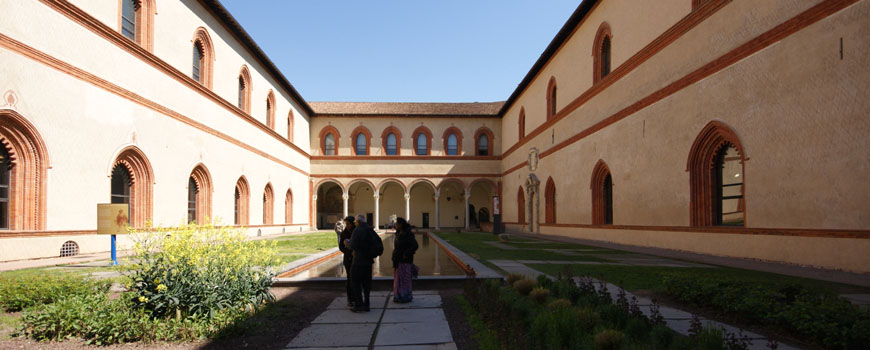
Milan
copyright Inexhibit 2025 - ISSN: 2283-5474



